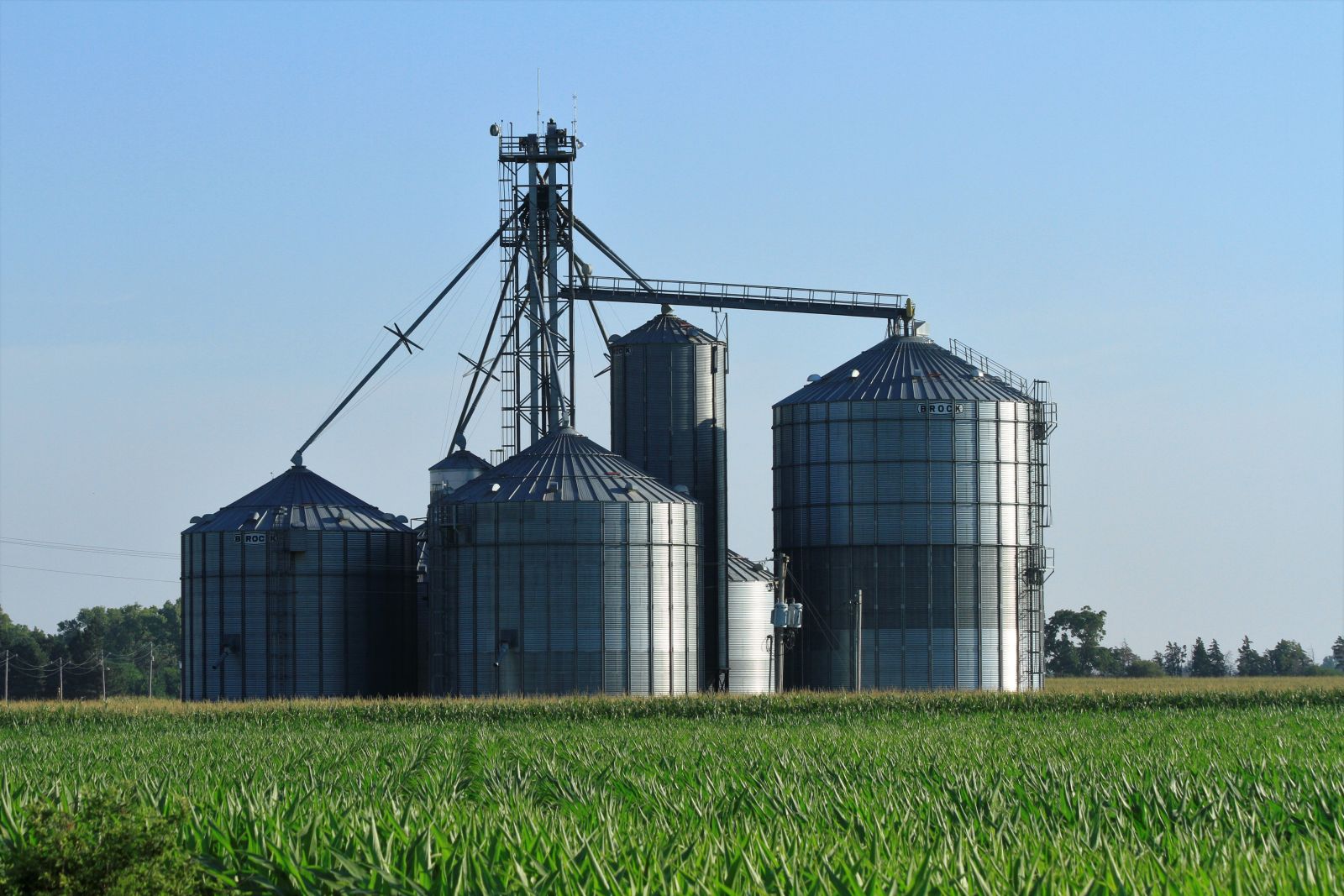
While I realize I risk disappointing at least 5 of you in my reading audience, my deep dive into wheat fundamentals has been pushed back to next week. This week there are a handful of other things catching my attention that I feel are incredibly important to discuss.
Geopolitical relationships have always been interesting to me. How countries have interacted, how leaders have communicated with one another and how trade and cooperation has been cultivated throughout history has been something I’ve enjoyed watching and learning about over the years.
This week’s BRICS summit in South Africa had the attention of many, as it was the first in-person gathering of members since before the Russian invasion of Ukraine. Many were surprised by this week’s announced expansion of the alliance at the conclusion of the summit. 2024 memberships for Argentina, Egypt, Ethiopia, Iran, Saudi Arabia and the UAE were confirmed.
Some market analysts have said this expansion is a non-event, contending the BRICS alliance is meaningless in global trade. This is something I have a hard time agreeing with, just looking at the production power alone of the newly announced group. When it comes to oil, the new alliance now accounts for over 40% of global production—this not including potential production expansion, as is the case with Iran.
On the grain side, the new alliance accounts for 53% of projected world corn export supplies, with an estimated 500 million metric tons of production potential in the year ahead for the newly announced group. In wheat, their share of exports is not nearly as great as in corn, only accounting for 31% or 64 mmt of 209 mmt of projected exports. Soybean and soybean meal production are where Brazil and Argentina shine as well, with Brazil the world’s leading exporter of soybeans, and Argentina typically the world’s leading meal exporter, outside of this year’s drought decimated production.
Again, I approach this sentiment with caution, because I realize there are people much smarter than me with alternate opinions, and I tend to yield to the smarter people in the room. However, in this instance, I have to say an alliance pairing the largest centers of commodity demand with some of the largest producers of commodities is a major development.
Shortly after the announcement early Friday morning, Russia’s leading grain export group tweeted their support when it comes to the new additions to the alliance, adding the next step is free trade.
In addition to potential trade agreements and pairing large commodity demand-centric countries with commodity suppliers, you have the potential for creative financing and other developments that could cut into the power of the West. We have already seen China spend billions on Brazilian infrastructure, creating a pipeline that helps support millions of metric tons worth of exports a year. Reports are already circulating as well regarding potential financing deals or ways China is looking at helping Argentina with their current capital crunch.
In addition to what happened this week when it comes to global alliances, I am watching developments in logistics from all around the world. Logistics are at the core of everything present in our lives, from the ability to move a finished product quickly through the assembly line and into your car at your local drive-thru, to getting grain from where it is to where it is needed, logistics are the foundation to just about everything.
This week we are looking at a slew of potential logistical headaches that could make for interesting trade patterns in the weeks ahead, potentially pushing demand to the Pacific Northwest.
Drought reduced water levels will impact the ease of movement in both the Mississippi River and through the Panama Canal. While river levels are not expected to fall quite to the lows of last fall, the upcoming drop from already low levels is less than desirable and is already cutting into drafts and starting to drive freight prices higher.
The cut to drafts and limits in flow of grain due to low river levels last year drove freight rates to record highs and arguably reduced our harvest export program significantly. This caused sharp drops in basis while elevators worked to move the glut of soybean bushels usually shipped out on the river.
The situation is similar in the Panama Canal, where freshwater is used to create a ‘water elevator’ of sorts, according to experts. The drop in available freshwater is limiting the number of ships able to make their way through the navigation channel and causing a backlog of up to 130 ships waiting to pass through. The delay is increasing freight costs and pushing ship owners to look at alternative routes.
In addition to issues along the Gulf export channel with low river levels and trouble at the Panama Canal, we are seeing Brazilian export infrastructure basically booked out for the next 2-3 months. While ports along the Northern Arc, and other new private ports have a more modern set up and can handle the loading of more than one commodity at a time, trouble at the port of Paranagua and other public ports could limit the depth of Brazil’s export program in the weeks ahead.
According to local experts, Brazil has a maximum export capacity of around 18 million metric tons a month. This capacity is expected to be tested over the next handful of months as traders estimate over 25 million metric tons of soybeans are left to be sold, with a 50 million metric ton corn export program needing to be loaded before the soybean export program takes center stage again next February into March.
Headaches when it comes to grain movement in the Black Sea are not new news but remain important to watch. Ukraine says they are in the final stages of working out secondary insurance coverage for the insurers of ships traveling through their new humanitarian corridor.
There are additional logistical issues when it comes to getting grain out of Ukraine, with EU neighbors working to limit shipments through their countries until they work through the major backlog they say is limiting local prices. Russia has attacked infrastructure that helped move Ukrainian grain into Romanian ports this week as well, possibly reducing grain flow 15% through that channel.
Risks Ukraine up their attacks on Russian ships or near Russian ports remain present, keeping freight costs elevated and end users looking at other suppliers. This is far from ideal for Russia who needs to move nearly 1 million metric tons of wheat a week to meet projections.
Geopolitical developments and logistical issues still can’t hold a candle to macro concerns and money flow when all is said and done, leaving macro mindset and outside market sentiment the biggest thing I am watching. Traders have spent the first 9 months of this year anticipating a pivot, with no one really seeming to wrap their mind around what higher for longer could mean.
After what had been months of false calls for a recession, sentiment has shifted, with nearly everyone saying a recession is no longer in the cards. This is even more concerning to me than when they were claiming the recession was around the corner, because it can’t be that easy, can it?
I worry that the expectation of a pivot has provided false hope to many that they would be okay if they could just ‘stick it out.’ However, if rates stay elevated for the rest of this year and into next, what does that mean? The freight recession that has been a factor since late last year is starting to bite, do we see the same type of contraction soon in manufacturing or commercial real estate or one of the many other over-leveraged sectors of our society? All of this has effects overall demand and influences market moves as it will impact how involved funds want to get in grains.
Oh yeah, on top of all of this, we still have 2 months of arguing about yield potential here in the US before we dive headfirst into the South American weather season…leaving us with plenty to talk about in the weeks and months ahead.
As always, don’t hesitate to reach out if you have any questions! Have a great week.
On the date of publication, Angie Setzer did not have (either directly or indirectly) positions in any of the securities mentioned in this article. All information and data in this article is solely for informational purposes. For more information please view the Barchart Disclosure Policy here.






